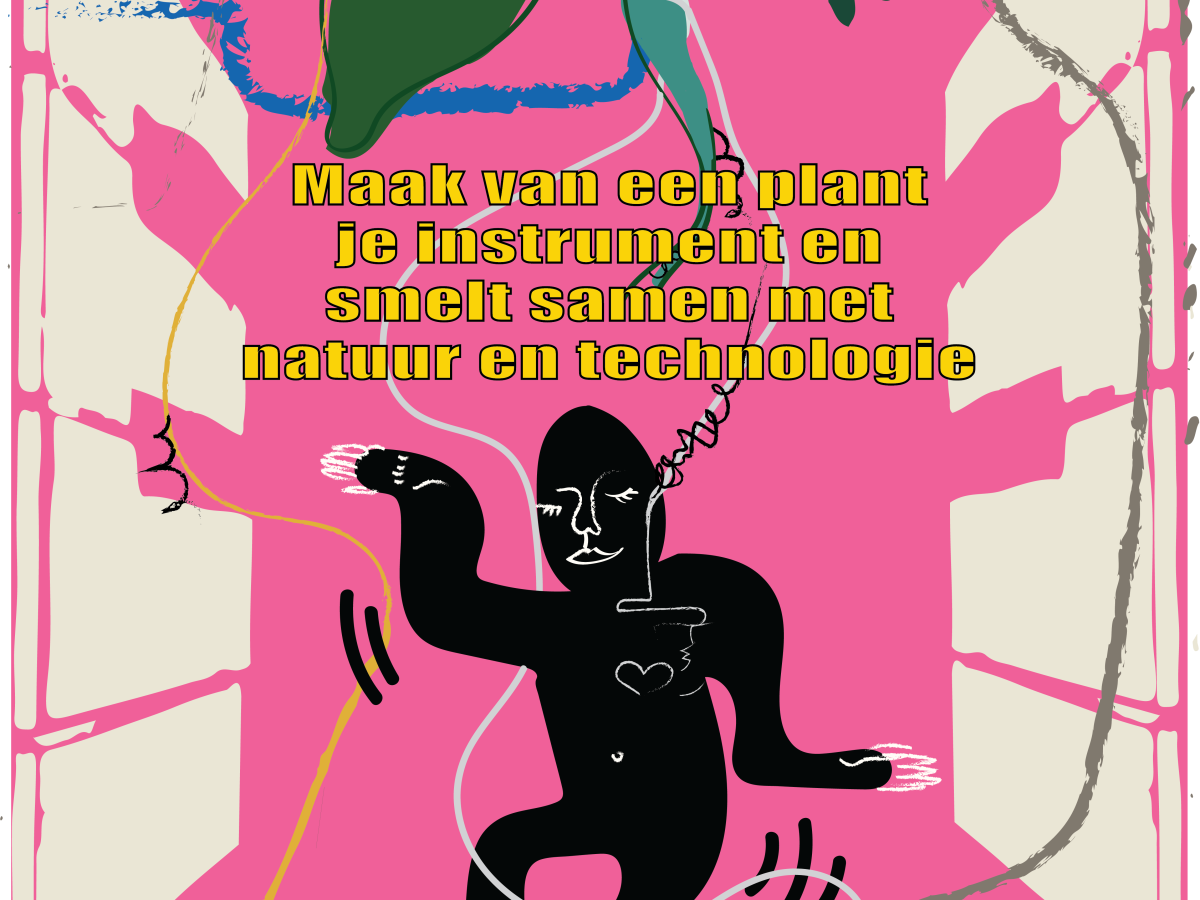
ANNEMARIE MAES WITHIN HER S+T+ARTS RESIDENCY –SUSTAINABLE ENERGY AND MATERIALS
INSPIRATION FROM PHOTOSYNTHETIC MICRO-ORGANISMS
L’Origine du Monde: Annemarie Maes in collaboration with the Hybrid Forms Lab Amsterdam and BioLab Erasmus Hogeschool Brussel
Can we use bacteria as a power source?
‘L’origine du monde’ is an artistic representation of research into the possibilities of cyanobacteria and micro-algae as source. Aided by Sandrine D’Haene and chemistry student Iza Awad and innovation studies Granit Domgjoni, Annemarie investigates the beauty and utilization for renewable energy and novel biodegradable materials. The installation shows a strongly enlarged bacterial chain made from glass cells. Every cell is filled with cyanobacteria producing real time photosynthesis. Together they form a complex microbial population that communicates via quorum sensing and reduces CO2 emission whilst producing biopolymers.
Project News & Events
Raoul Frese: Photosynthetic Human
In this audio fragment Raoul Frese explains the labs collaboration with Iza Awad.
Read More Raoul Frese: Photosynthetic HumanRaoul Frese: Fundamental ART SCIENCE
Listen to Dutch audio of Raoul Frese discussing collaborations in art.
Read More Raoul Frese: Fundamental ART SCIENCEJammen met Planten
The VU Artscience Lab team will perform and conduct experiments at LowLands Festival, 2023.
Read More Jammen met PlantenPartners

Anne Marie Maes (BE) is an artist and researcher with an extensive track record in socially engaged art projects that strive for greater awareness about the fragility of our natural environment and for the adoption of strategies to mitigate the effects of climate change. She has worked extensively with communities on urban agriculture, the creation of connected urban green corridors and the installation and monitoring of innovative beehives. This translated into documentaries, participatory art works and installations. In parallel, Anne Marie Maes has been exploring the living world for creating a new aesthetic and novel materials such as fabrics based on bacteria, algae and plants. This has also lead to a wide range of art works and installations shown in prestigious galleries and museums. A third strand of Maes her art practice focuses on digital technologies. With her art collective she pioneered in the 1990s a range of innovations for peer-to-peer telecommunication networks, web content creation and environmental monitoring. In the 2000s she worked with AI researchers and robotics engineers to embed intelligence in her bee-related installations and more recently she has been exploring augmented reality and semantic web technologies to raise awareness of the fragile ecologies in the North Sea.




